Our Approach
Neurological Diseases Represent a Growing Global Crisis
There are limited therapeutic options for patients with critical diseases of the central nervous system such as Traumatic brain injury and Alzheimer’s disease. One of the major reasons is because drug delivery to the CNS region is challenging.
We’re on a mission to change that.
AivoCode’s Targeting Technology has Broad Application for Neurological and Ophthalmic conditions
We have identified molecular “zip codes” by employing in vivo phage display in animal models of brain diseases. This screening strategy has provided us with a panel of homing peptides that can target disease-specific signatures present. This strategy to target specific tissue and cell types in the affected regions of the brain can enable more effective treatments and eliminate side effects due to impacts on other tissues or cells.
AivoCode is developing novel therapeutic drug candidates utilizing these homing peptides.
Our R&D focus
Acute brain injury
Acute brain injury such a Traumatic brain injury (TBI) impacts over 2.5 million people annually in the US. AivoCode has licensed a delivery technology from Sanford Burnham Prebys Medical Discovery Institute (SBP) to improve delivery and accessibility to the injured part of the brain.
AivoCode is now developing AC01 as a first-in-class therapeutic addressing a substantial and growing market in TBI. AivoCode has generated strong safety and preclinical efficacy data on AC01 with direct effect on glial activation and neuroinflammation. AC01 has the potential to have additional application in other indications.
Neurodegenerative Diseases
Alzheimer’s disease (AD) is the most common progressive neurodegenerative disorder associated with aging. Limited success of recent clinical trials of various AD treatments may be attributable to treating the disease too late.
Powered by the phage display approach, AivoCode has identified specific probes that recognize AD signatures present in the brain. These probes can be used for therapeutic delivery and non-invasive detection of early AD. In addition to the targeting probes, AivoCode is also developing a novel biologic drug for improving vascular function as a therapeutic strategy for Alzheimer’s disease.
Ophthalmic indications
The eye can serve as the window into the brain. Despite its peripheral location, the retina or neural portion of the eye, is part of the central nervous system. The unique environment of the brain and retina is tightly regulated by blood–brain barrier and the blood-retinal barrier, respectively. Neuroinflammation and neurodegenerative process are critical in the pathology of many ophthalmic indications.
Glaucoma is a multifactorial neurodegenerative disease that damages the eye's optic nerve and can result in vision loss and even blindness. Glaucoma is a leading cause of irreversible vision loss, affecting an estimated 80 million people worldwide and 3 million in the United States.
AivoCode is testing AC01 in different ophthalmic indications including Glaucoma.




